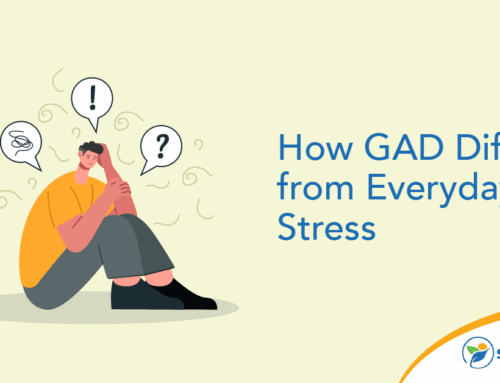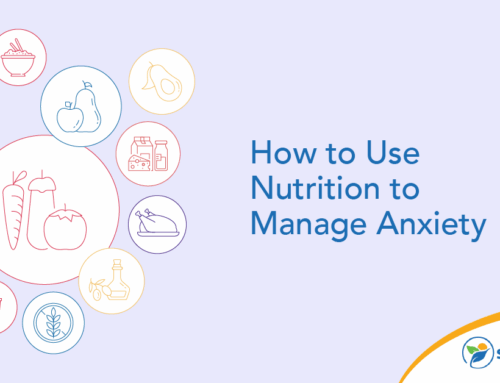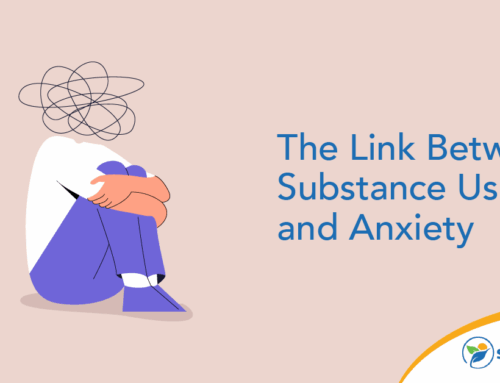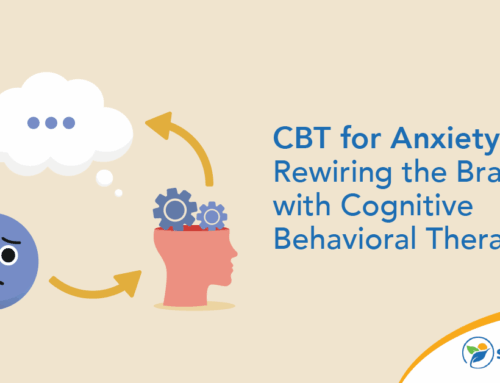Zoloft, generically known as sertraline, is an SSRI often prescribed to treat major depressive disorder and other mental health conditions. Those who do well on the medication often see a significant decrease in symptoms of depression, anxiety, PTSD and other conditions that may cause sadness, fear and suicidal ideation. Still, sertraline’s side effects are important to consider, as they may not be a good fit for everyone.
Introduction to Zoloft: A Brief Overview of Its Purpose and Function
Zoloft is FDA-approved to treat various mental illnesses, and it can be prescribed off-label for many others. A brief list of the most common reasons doctors prescribe Zoloft includes:
FDA-approved uses
- Major depressive disorder
- Post-traumatic stress disorder (PTSD)
- Obsessive-compulsive disorder (OCD)
- Social anxiety disorder (SAD)
- Panic disorder
- Premenstrual dysphoric disorder
Off-label uses
- Binge eating disorder
- Bulimia nervosa (BN)
- Generalized anxiety disorder (GAD)
- Body dysmorphic disorder
- Premature ejaculation
The purpose of an SSRI is to reduce the amount of serotonin reuptake in your brain. When your body is unable to reabsorb the serotonin it produces, more of it can be put to work in your brain and throughout your body. Higher serotonin levels in the central nervous system help with day-to-day functioning, such as mood regulation and wakefulness.
Sertraline is also known to produce higher dopamine levels than other SSRIs, which makes it a good choice when treating various psychiatric conditions. Just one dose can be equivalent to doing an enjoyable activity, and long-term prescriptions work to combat anxiety and depression over time.
Depression is more common than you may think — in fact, 29% of United States residents have reported a depression diagnosis at one point or another. An SSRI may be the right choice for you, but it’s never a bad idea to do your research on the side effects of Zoloft before you get started.
Potential Side Effects: Exploring Common and Less Common Reactions
When you first start taking Zoloft or a version of sertraline, side effects may include:
- Headaches
- Nausea
- Diarrhea
- Dry mouth
- Heavy sweating
- Feelings of nervousness
- Restlessness
- Fatigue
- Trouble sleeping (insomnia)
- Difficulty achieving orgasm or ejaculatory delay
These are the most common side effects of sertraline. As for how long until Zoloft side effects go away — they tend to resolve over time, but be prepared to wait several weeks while continuing to take your medication.
Less common reactions are also more serious and may include:
- Low sodium. For some patients, taking Zoloft may cause low sodium levels in their blood. This can result in major medical complications such as angle closure glaucoma and seizures, coma or death in severe cases. While death is unlikely when low sodium levels are caused by a medication side effect, it’s important to watch for milder side effects and adjust your prescription accordingly. Confusion, teeth grinding, weakness and difficulty concentrating may all be early warning signs.
- Serotonin syndrome. While extra serotonin can help you feel better during a depressive episode, too much serotonin can overload your body. The risks of serotonin syndrome include shivering, diarrhea, tight muscles, confusion, fever, seizures and death. If you’re on one or more medications that may increase your serotonin levels, talk with your doctor about serotonin syndrome and what you can do.
- Clotting problems. SSRIs can affect the way your blood clots, causing out-of-control bleeding. While clotting factors are usually no problem, those on anticoagulants or who routinely take NSAID pain medications may not be good candidates for SSRIs.
Immediate vs. Long-Term Side Effects: Differentiating Short-Term and Prolonged Reactions
Sertraline side effects can range from annoying to life-altering, depending on the severity. While most people find the medication highly tolerable, sometimes even mild reactions can interfere with daily life activities. The long-term effects of SSRIs can be worth the annoyance, but side effects like diarrhea can still be disruptive and distressing in the meantime. So, how long until Zoloft side effects go away?
The most common side effects of sertraline tend to resolve within the first 3 weeks of starting the medication. Even if symptoms don’t entirely disappear, they are likely to reduce in severity over time. People who are still experiencing the same level of side effects at the 1-month mark may not be good candidates for that specific medication. Prolonged side effects that impact sleep, cause dehydration or result in other health consequences are worth addressing with a medical professional.
Monitoring and Communication: The Importance of Discussing Side Effects With a Health Care Provider
Every illness comes with options for treatment, and the goal is to find a treatment that works effectively with minimal side effects. When first starting any drug regimen, it’s important to document any changes or side effects and to communicate those changes to your health care provider. Finding the right medications to treat any illness can take time and patience.
The sooner you communicate with your health care provider about the sertraline side effects you experience, the more quickly you can act to make changes. Sometimes, shifting the time you take a medication or taking it with food can completely resolve side effects. In other cases, a drug might just be a bad fit for you, which makes it important to find alternative options as quickly as possible.
Navigating Your Experience: Tips for Managing Side Effects While Taking Zoloft
Depending on the side effects you’re experiencing, there are several approaches to management that may help you feel better while acclimating to the drug. If you experience nausea or diarrhea, it’s a good idea to take your medication with a full meal and consider asking about a slow-release option if you aren’t already on one.
Taking your pill just before bedtime can be helpful, as you can sleep through the worst of the side effects. It’s also important to drink plenty of fluids and avoid substances that can cause similar side effects, such as alcohol or cannabis. Also, be sure to stay away from grapefruit and grapefruit juice while taking Zoloft or sertraline. Grapefruit can create more sertraline in the body and exacerbate your side effects.
If you or a loved one is struggling with a mental illness or has symptoms that might benefit from a medication like Zoloft, get in touch with a mental health care provider today. The team at Sunlight Recovery is available 24/7 to help you — reach out today to start down the road to recovery.







